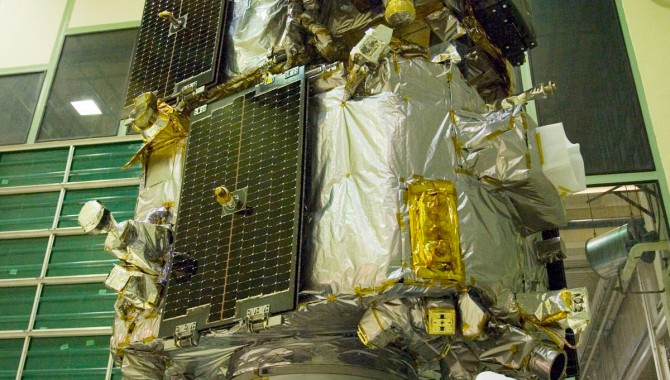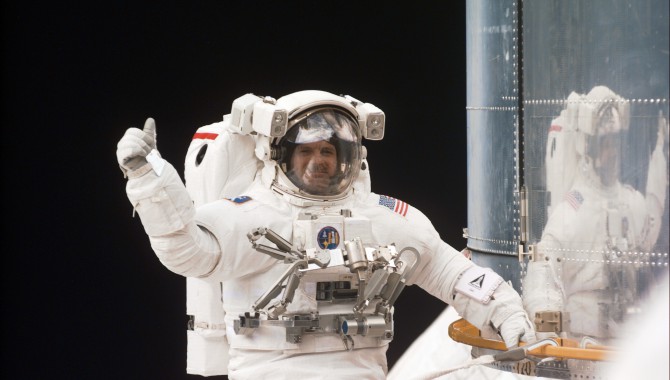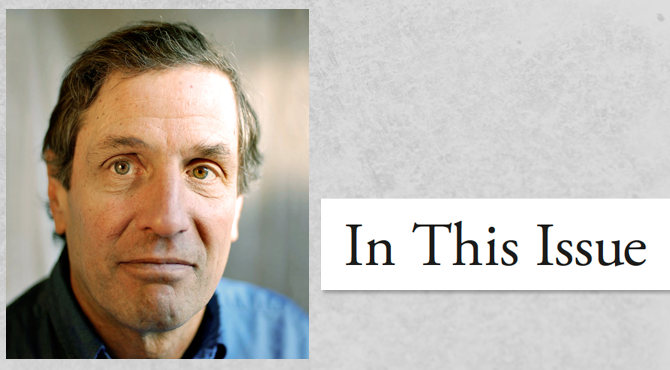
By Matthew Kohut “Fast” is the word that best describes Tom Simon’s experience working at Marshall Space Flight Center on the Fast, Affordable, Science and Technology Satellite (FASTSAT), a microsatellite designed to carry six small experiments into space.












